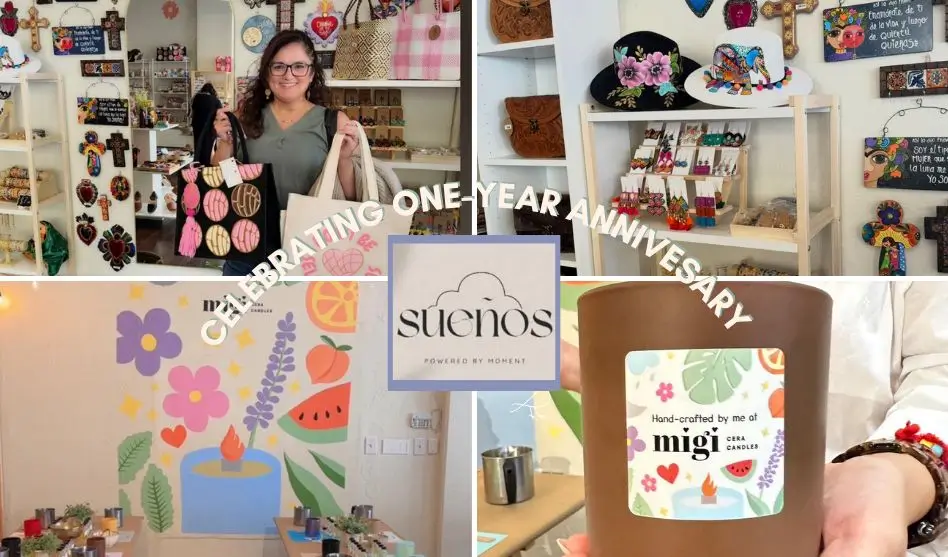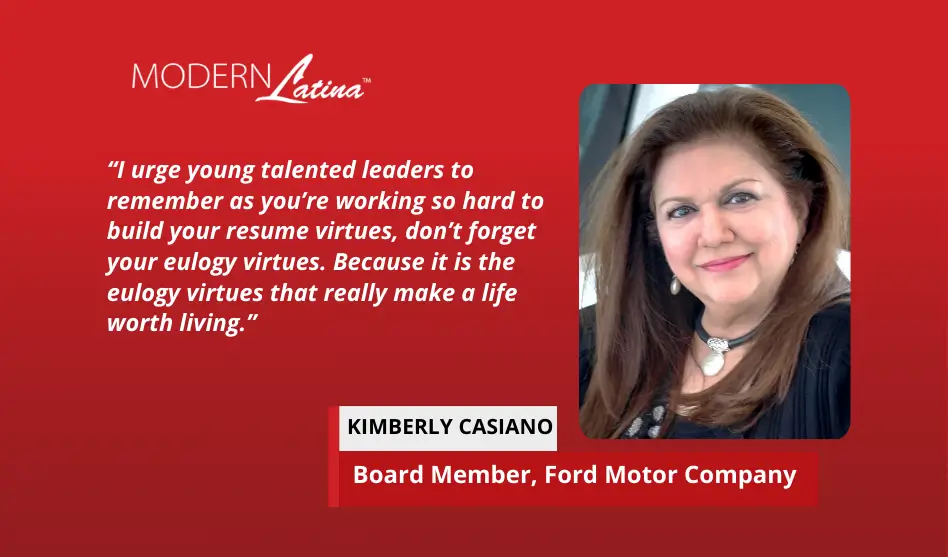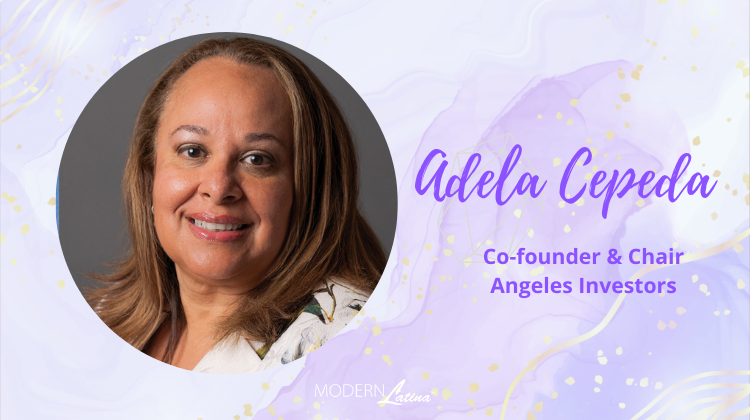Were you ever told that being bilingual and being connected with your heritage culture would be a handicap for you in the future? I was. When I was about 6 years old, my mom, who was from Mexico and studying to be a bilingual education elementary teacher, offered to teach free Spanish classes at my elementary. My principal told her that no other language would ever be taught while she was principal and that my mom should stop teaching me Spanish or I could never really be American. For years I stopped speaking Spanish embarrassed that my mother spoke with an accent and preferred being in public with my father, who is Anglo-American. Before this moment I had been completely bilingual, but quickly as my days at school and few hours in the evenings at home were filled more and more with English, I lost my mother’s tongue and with it the pride and love I had felt previously for being able to speak two languages.
Still my experience is in no way singular and not the worst I’ve ever been told, as I’ve heard many stories of children being verbally harassed and humiliated, locked in closets or physically punished at school for using any other language than English. After I graduated from UC Berkeley, I went to one of my first interviews and after telling my story, one of the faculty committee members told me that I was actually one of the lucky ones.
Many of us have been told that we will not fit in, that being bilingual will only create confusion in children and language delay. But have you ever really heard anyone complain that in the end they wished they had never learned another language? Today, after many years of relearning my first language, I now teach kids and adults at CASA de ESPAÑOL, the Spanish language school and cultural center I founded in Sacramento, California in 2011, and I have only heard how appreciative people are about having learned their heritage or second language, or for those who come to take classes, how disappointed they are in their parents for not taking the time, or in themselves for having rejected it when they were children.
Raising a bilingual or multilingual child (why stop at two languages?) takes time, organization, dedication and above all perseverance and patience. When your child walks out into the world generally everything is in English, all of the cool older kids speak it, and almost everything that is cool in their world uses it. Our first instinct as humans is to survive and to be part of the larger community, so if that means embracing one language and one culture, we most likely will do it, I did.
Nevertheless, if you are determined that your child reap all of the benefits of speaking more than one language, it actually can be tons of fun and something that can bring your family closer together. If you have cultural ties to the language it will cultivate a sense of pride and self-esteem in your child for who they are and where they come from, as well as allow them to foment a strong emotional connection with their family (it is so sad when I meet grandparents who can’t speak with their own grandchildren). For those who don’t have the cultural connection, raising your child multilingual will open the doors to new global career opportunities, an authentic opportunity to visit the world and understand it through a more native viewpoint, build high levels of cognitive and creativity skills, become more empathetic to cultural differences, and if this isn’t enough, a study from the University of Florida found that bilinguals on average make $7,000 more per year than monolinguals. Why not offer your child the bilingual edge?
So I challenge you to make learning a second (or third) language more than just a habit in your household, it must become a lifestyle:
- Pick who, when and where. Some parents decide that one will only speak one language to the child, and the other parent will speak the other. Others decide to speak only one language until the child starts school (keep in mind they might confront a language shock when they start school and understand nothing). Or you can decide that at home you speak one language and in public you speak another. Whichever you choose, make sure your goal is easy and realistic for you as a parent to follow.
- Be consistent and balanced. Remember that consistency is the most important key, whichever method you choose. If you choose to teach both languages simultaneously, balance is just as important. Where and when will you speak each?
- Define rules and rewards. Make rules for parents and kids to follow that evolve as your child grows. My students receive tickets for every time they speak Spanish. At the end of the session, they get to turn in their tickets for a prize. Try and stick to rewards over consequences, so that your child’s experience with the language is positive. How many things did you give up as a child just to spite your parents, which you now regret?
- Associate yourself with others. Surround yourself with friends, family and an educational strategy that will support you in your endeavors. Find playmates and babysitters, who speak the target language. Find educational institutions that encourage, praise and teach multilingualism. Always point out and speak highly of others who speak other languages.
- Use technology to your benefit. Kids love TV, music and technology and some parents shutter at it. Why not use it to your advantage so it is a teaching tool? Only allow your child to watch TV and use technology in the target language. Make sure these things are age appropriate, so they are learning vocabulary and topics that relate to them.
- Literacy and educational tools. Find a library or bookstore with bilingual books, books in the target language, or even better, books on tape, so the child will develop the correct accent. Help your child’s teacher to form a pen pal exchange with a school in another country, so kids see how others live and that other languages are spoken elsewhere.
- Travel. Surrounding yourself with the culture and excitement of the language and people who speak it will make your child give validity to the importance of learning the language and an immediate reason for your child to want to learn it. Saying that they will make more money in 20 years isn’t comprehensible to most kids, but if they have a pen pal, cousin or best friend who speaks another language, they will have an immediate desire to acquire the language.
- Be firm in your convictions. Don’t give up! Some days will be easy and some will be backbreaking, but it may be the greatest gift you give your child.
Although this may seem daunting, remember that language is something that is natural and doesn’t rely on a special talent like being a professional athlete. Just about anyone can learn many languages! Whether you are teaching your child a second language because it is your mother tongue or not, in twenty years they will thank you. I know that I thank my parents every day!
Suggested reading:
1. Baker, Colin. A Parents’ and Teachers’ Guide to Bilingualism. Fourth Edition. Bristol, Engliand:
Multilingual Matters, 2014.
2. King, Kendal, and Alison Mackey. The Bilingual Edge. NY: Harper Collins, 2007.
3. Steiner, Naomi, and Susan L. Hayes. 7 Steps to Raising a Bilingual Child. NY: AMACOM, 2009.
4. Zurer, Barbara. Raising a Bilingual Child. Random House: NY, 2008.
María Esperanza Harrington is founder and owner of CASA de ESPAÑOL, Center for Language and Culture (CASA). She received her B.A. from Holy Names University (HNU) in 2004 and her M.A. from UC Berkeley in 2007. Before founding CASA in 2011, María was a board member for East Bay Sanctuary and she worked as a Spanish instructor at HNU and Saint Mary’s College High School, where she received the Lasallian Educator of the Year medal and in 2014 and 2015 she received the Young Alumni of the Year and Durocher Awards for her philanthropy and service to the community both through her non-profit organization Help Chiapas and the free English classes offered at CASA. Until recently her small business, CASA, has focused solely on its Spanish and English language component starting in 2011 with 25 students. Almost five years later, the total student population including both children and adults has grown to over 400, and now features a Latino art gallery, music, and dance lessons, as well as trips around the world. In the past two years, staff and students have traveled to Guatemala, México, Perú, Spain, Morocco and this November will be traveling to Cuba. Just this year, CASA won the Small Business of the Year Award from the Hispanic Chamber of Commerce of Sacramento and the Sacramento SBA Woman owned Business of the Year Award.








